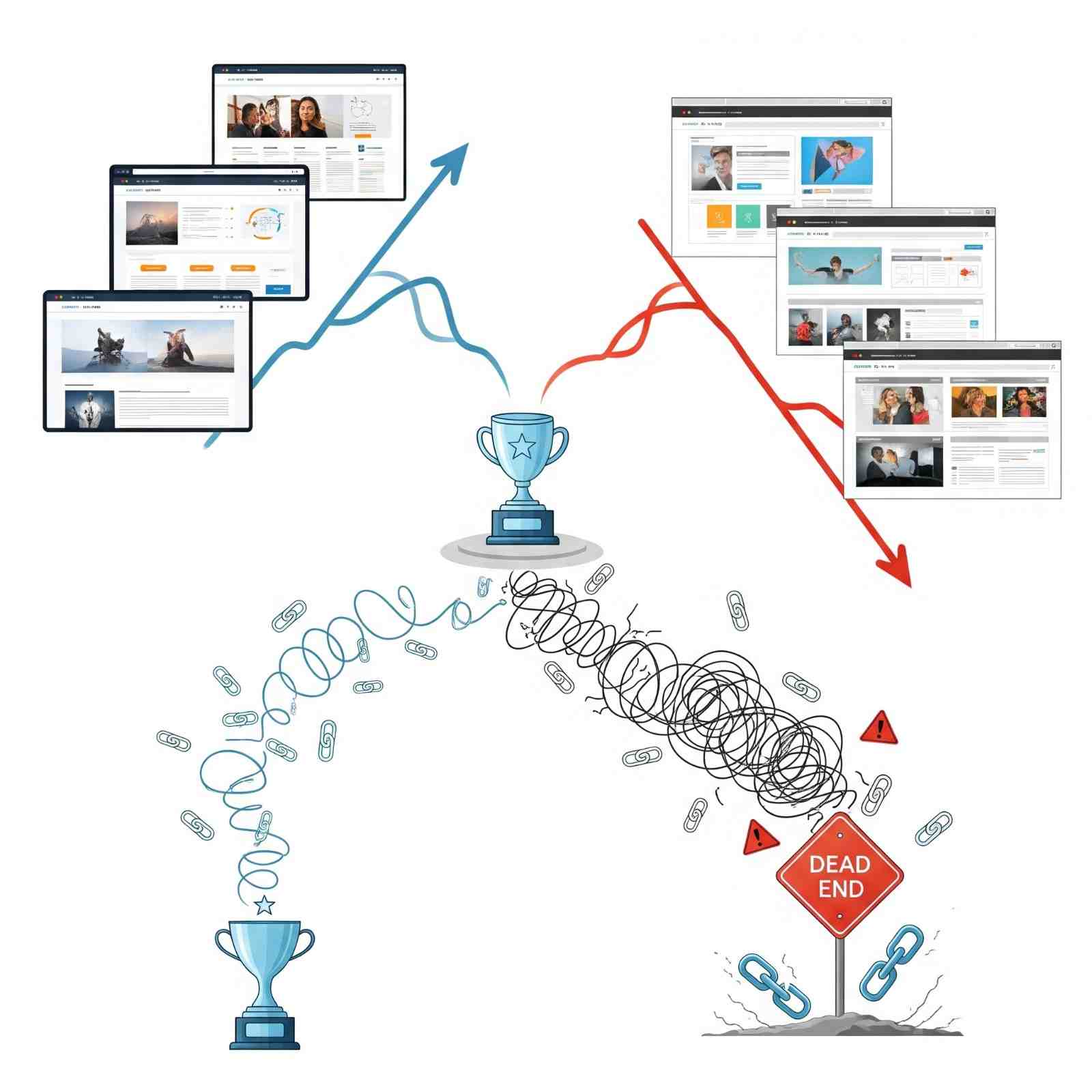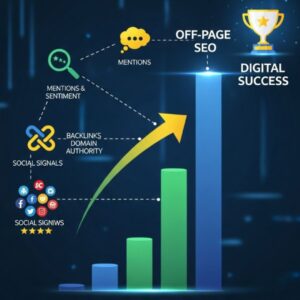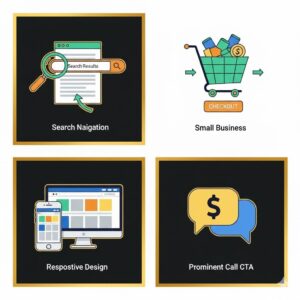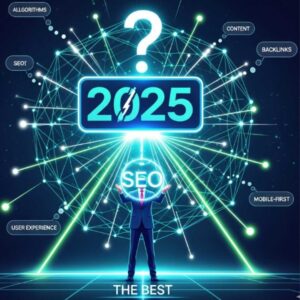Is Modern Web Design Really Necessary for Website Ranking in 2025?
Business owners often wonder: “Do web design trends actually affect SEO rankings?” The truth is, yes — in 2025, website design plays a direct role in how search engines and users interact with your site.
A poorly designed site leads to high bounce rates, slow loading times, and low engagement — all negative signals for search engine optimization (SEO). A well-designed, responsive, and fast-loading site improves your Google ranking and builds trust with visitors.
Let’s explore the 6 major web design trends shaping website ranking and business growth in 2025.
1. Microinteractions Drive Engagement
Microinteractions are tiny animations that respond when users click, scroll, or hover. They create emotional feedback and make your site feel alive.
Why It Matters for SEO: Better engagement means lower bounce rates, a key ranking signal for Google.
Example: When someone adds a product to their cart on Nike’s site, a smooth animation confirms the action — keeping users engaged.
Key Benefits:
Confirms user actions instantly
Keeps visitors focused
Improves site trust
2. Kinetic Typography Boosts Retention
Kinetic typography (moving text) is now one of the most used design elements in 2025. Words that animate, slide, or expand as users scroll guide attention and highlight your key message.
SEO Impact: Keeps users on-page longer, which improves dwell time — another ranking factor.
Example: Gucci uses scroll-triggered headlines that grab attention and build anticipation.
What Designers Use:
Scroll-triggered animations
Text that grows or shrinks dynamically
Timing synced with other visuals
3. 3D & Pseudo-3D Experiences Keep Visitors Longer
Modern websites are using 3D design and pseudo-3D transitions to create immersive product experiences.
SEO Impact: Longer sessions and higher interaction rates signal Google that your content is valuable.
Example: Nike’s Air Max Day campaign allowed users to explore products in a virtual floating space — resulting in a 55% longer visit duration.
Tools Used: WebGL, Three.js, and lightweight 3D assets optimized for speed.
4. AI-Personalized Design Improves Conversions
AI-powered personalization adapts your website in real time. Layouts, color schemes, and product suggestions adjust based on user behavior.
Why It Matters for SEO: Personalization improves click-through rates (CTR) and conversions — key indicators of relevance for search engines.
Example: Returning visitors might see re-ordered content or updated CTAs based on their past sessions.
5. Brutalism and Anti-Design Get Attention
Minimalist, bold, and intentionally raw design is gaining popularity again.
SEO Impact: Websites with unique layouts can generate more backlinks and shares — strengthening off-page SEO.
Example: CTRLZAK’s asymmetrical layouts keep users curious and engaged, increasing time-on-site by 22%.
6. Performance-First Design Is Non-Negotiable
Google’s Core Web Vitals are now a major ranking factor. Sites must load under 2.5 seconds to stay competitive.
| Performance Metric | Recommended Benchmark | Tools to Test |
|---|---|---|
| Largest Contentful Paint (LCP) | < 2.5s | PageSpeed Insights, GTMetrix |
| First Input Delay (FID) | < 100ms | Lighthouse |
| Cumulative Layout Shift (CLS) | < 0.1 | Chrome DevTools |
Best Practices:
Use lightweight CSS frameworks
Optimize images with AVIF or WebP
Implement lazy loading and preloading strategies
Final Thoughts
In 2025, web design and SEO work together more closely than ever. Fast, dynamic, and intelligent websites not only look good — they rank better.
If you are serious about ranking higher on Google, your site must be designed with SEO optimization, performance, and user engagement in mind.
That’s where Web Conquerors LLC comes in. We build websites that are not just visually stunning but also technically optimized for SEO





